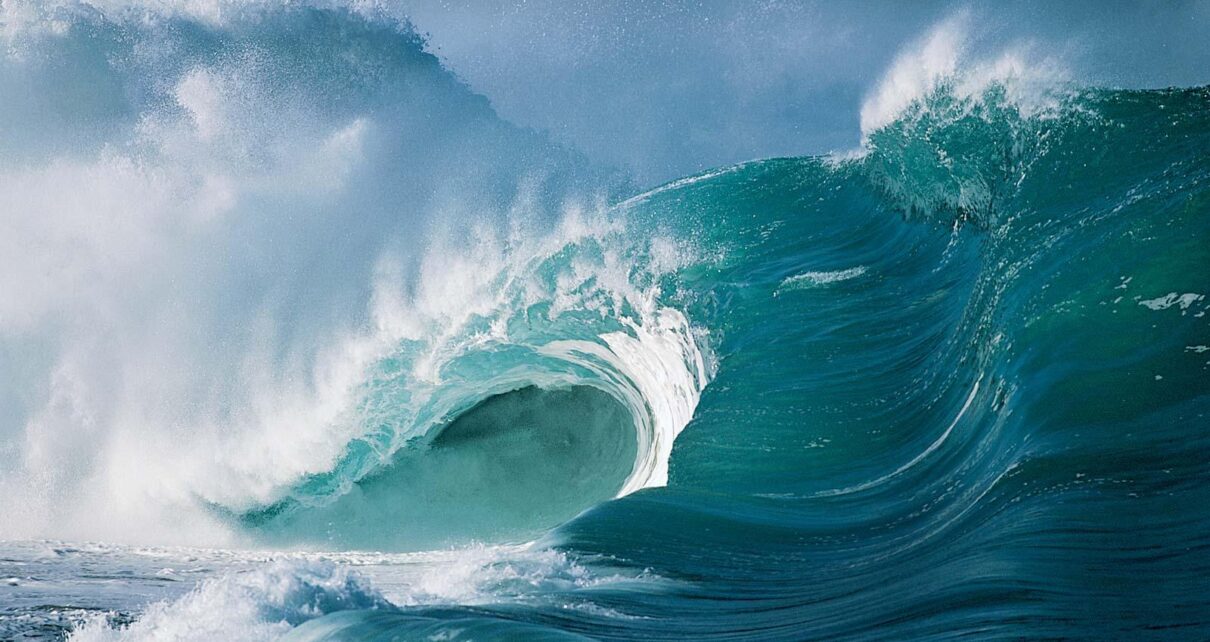By Sandra P.
For at least three decades, Americans have talked about our uncertain energy future, but we’ve mostly ignored another environmental crisis – water.
Cheap and seemingly abundant, water is so common environmental natural resource that it’s hard to believe we could ever run out of it. Ever since the Apollo 8 astronauts photographed Earth from space in 1968, we’ve had the image of our home as a strikingly blue planet, a place of great water wealth. But of all the water on Earth, only about 2.5 percent is fresh – and two-thirds of that is locked up in glaciers and ice caps. Less than one hundredth of 1 percent of Earth’s water is fresh and available
Across the United States and around the world, we’re already reaching or overshooting the limits of Earth’s natural replenishment of fresh water through the hydrologic cycle. The Colorado and Rio Grande Rivers are now so over-tapped that they discharge little or no water into the sea for months at time. According to the US Geological Survey (USGS), the massive Ogallala Aquifer, which spans part of eight states, from southern South Dakota to northwest Texas, and provides 30 percent of the groundwater used for irrigation in the country, is steadily being depleted. In much of the world, we’re growing food and supplying water to communities by over-pumping round water. This creates a potential crisis in the food economy. We are meeting some of today’s food needs with tomorrow’s water.
The Changing Climate
Due to climate change, we may no longer be able to count on familiar patterns of rain and snow and river flow to refill our urban reservoir, irrigate our farms, and power our dams. While farmers in the Midwest were recovering from the spring flood of 2008 (in some areas, the second “100-years flood” in 15 yearrs) farmers in California and Texas allowed cropland to lie fallow and sent cattle to early slaughter to cope with the drought of 2009.
In the Southeast, after 20 months of dryness, Georgia’s then –Governor, Sonny Perdue, stood outside the state capitol in November 2007 and led a prayer for rain. Two years later, he was pleading instead for federal aid, after intense rainfall near Atlanta caused massive flooding that claimed eight lives. Then in 2011, again we saw record regional precipitation, this time producing epic flooding in the Mississippi and Missouri river basins.
Water For People and Nature
Thus a vanguard of citizens, communities, farmers and corporations are thinking about water in a new way. They’re asking what we really need the water for and whether we can meet that need the water with less. The result of this shift in thinking is a new movement in water management that focuses on ingenuity and ecological intelligence instead of big pumps, pipelines, dams and canals. These solutions tend to work with nature, rather than against it, making effective use of the “ecosystem services” provided by healthy watersheds and wetlands. Through better technologies and informed choices, they seek to raise water productivity and make every drop count.
Communities are finding that protecting watersheds in an effective way to make sure water supplies are clean and reliable plus, they can do the work of a water treatment plant in filtering out pollutants at a lower cost. New York City is investing 1.5 billion to restore and protect the Catskill Delaware Watershed, which supplies 90 percent of its drinking water, in lieu of constructing a $10 billion filtration plat that would cost an additional $300 million a year to operate. Research published in Natural Resources Forum further shows that a number of other US cities– from tiny Auburn, Maine, to Seattle—have saved hundreds of millions of dollars in capital and operating costs of filtration plants by instead opting for watershed protection.
Communities prone to excessive storm water runoff can turn existing structures into water catchments. Portland, Oregon, invested in “green roofs” and “green streets” to prevent sewers from overflowing into the Willamette River. Chicago now boasts more than 200 green roofs—including a top City Hall—that collectively cover 2.5 million square feet, more than any other US city. The vegetated roofs are providing space for urban gardens and helping to catch storm water and cool the urban environment. Parking lots, too, can be harnessed.
Many communities are revitalizing their rivers by tearing down dams that are no longer safe or serving a useful purpose, thus opening up habitats for fisheries, restoring healthier water flows and improving aquatic quality. In the 10 years since the Edwards Dam was removed from the Kennebec River, near Augusta, Maine, populations of alewives and striped bass have returned in astounding numbers, reviving at recreational fishery that adds $65 million annually to the local economy.
Water crisis requires us to pay attention how we value and use water. Across the country, it’s essential that communities work to take care of the ecosystems that supply and cleanse water to live within their water means, and to share water equitably.










